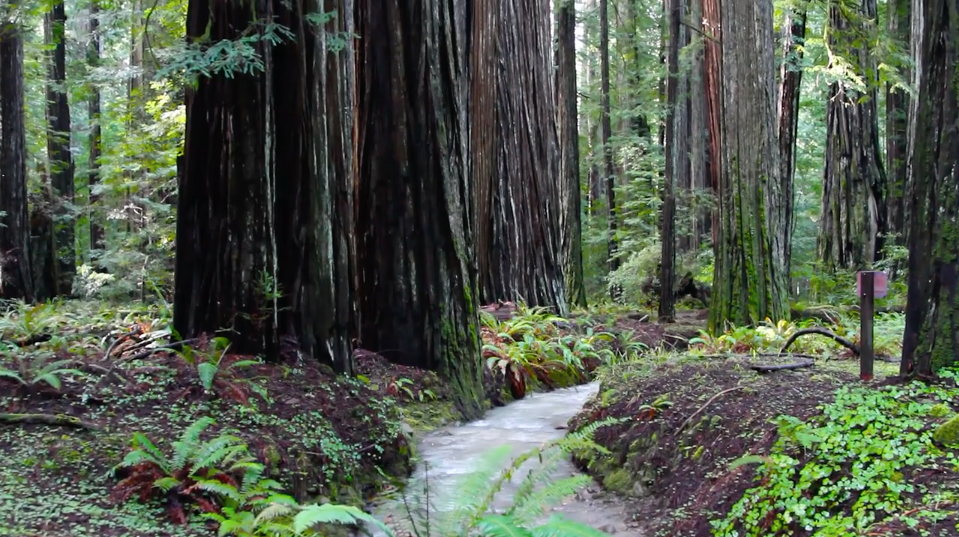Years ago, in my former life as a newspaper journalist, I lived on California’s North Coast in the shadows of coastal redwoods, shielded from the rest of the country by a near-constant marine layer and the understanding that, at any moment, one of the few roads into the region could be covered in mud and rock thanks to the frequent torrential rain, effectively cutting Humboldt County off from the rest of California for days at a time.
It’s hard to think of any part California as remote, but this little corner of the Golden State truly is. It’s also laughable that the metropolitan Bay Area is constantly referred to as “northern” California when my little former town of Eureka is a five-hour drive north of San Francisco. There, along the “lost coast,” I got to cover some of the most interesting environmental stories of our time, not the least of which were the challenges facing the fabled Eel River.
Plagued by careless headwater logging, fish-blocking dams and signficant water diversions across the Coast Range into wine country, the Eel, which was at one time one of the West Coast’s best salmon and steelhead streams, was on the ropes. It wasn’t alone. Countless North Coast rivers and streams were paying the price of gluttonous timber harvests on private land situated up and down the coast. Rivers like the Mattole, the Smith and Redwood Creek were all impacted. Smaller streams that flowed into Humboldt Bay—beautiful rainforest streams that used to teem with ocean-going salmon and steelhead—became muddy channels as they bore the brunt of upstream logging. Their beds rose by several feet thanks to surging sediment from clear-cuts miles away, displacing downstream landowners whose homes that once stood above perennial flood danger suddenly flooded every rainy season.
The people and the steelhead of the North Coast suffered, but managed to hang on.
Today, two decades later, much has been done to right the ecological ship along the North Coast. The Headwaters Forest was spared from the chainsaw in the late 1990s when the feds paid a whopping $480 million to Pacific Lumber owner Charles Hurwitz for the last, untouched 7,500 acres for the reserve. Hurwitz acquired PL in a hostile takeover in the mid-1980s. He was considered by many in the region as a redwood villian who aggressively cut timber on PL’s private inholdings for more than a decade—indeed, much of the damage inflicted on rivers like the Eel can be laid at the egregious nature of the logging, which was done in a widespread fashion without regard to downstream impacts. In the 18 years since the Headwaters Forest was acquired, the Bureau of Land Management and the U.S. Forest Service, along with many conservation partners ranging from California Trout to a number of “friends” groups and, of course, Trout Unlimited, have restored thousands of acres of redwood forest and, by extension, improved the North Coast watersheds that drain into the Pacific. Much remains to be done, but it doesn’t seem so impossible anymore.
In short, as the video above shows, there’s hope for salmon and steelhead once again. Restoration takes patience and deliberate action. It requires collaboration and compromise. But, when it’s done right, the results can be wonderful. Here’s to a brighter future for the Eel, its steelhead and salmon, and the people committed to restoring this paradise. It’s nice to see hope replacing desperation in one of America’s most beautiful places.
— Chris Hunt



